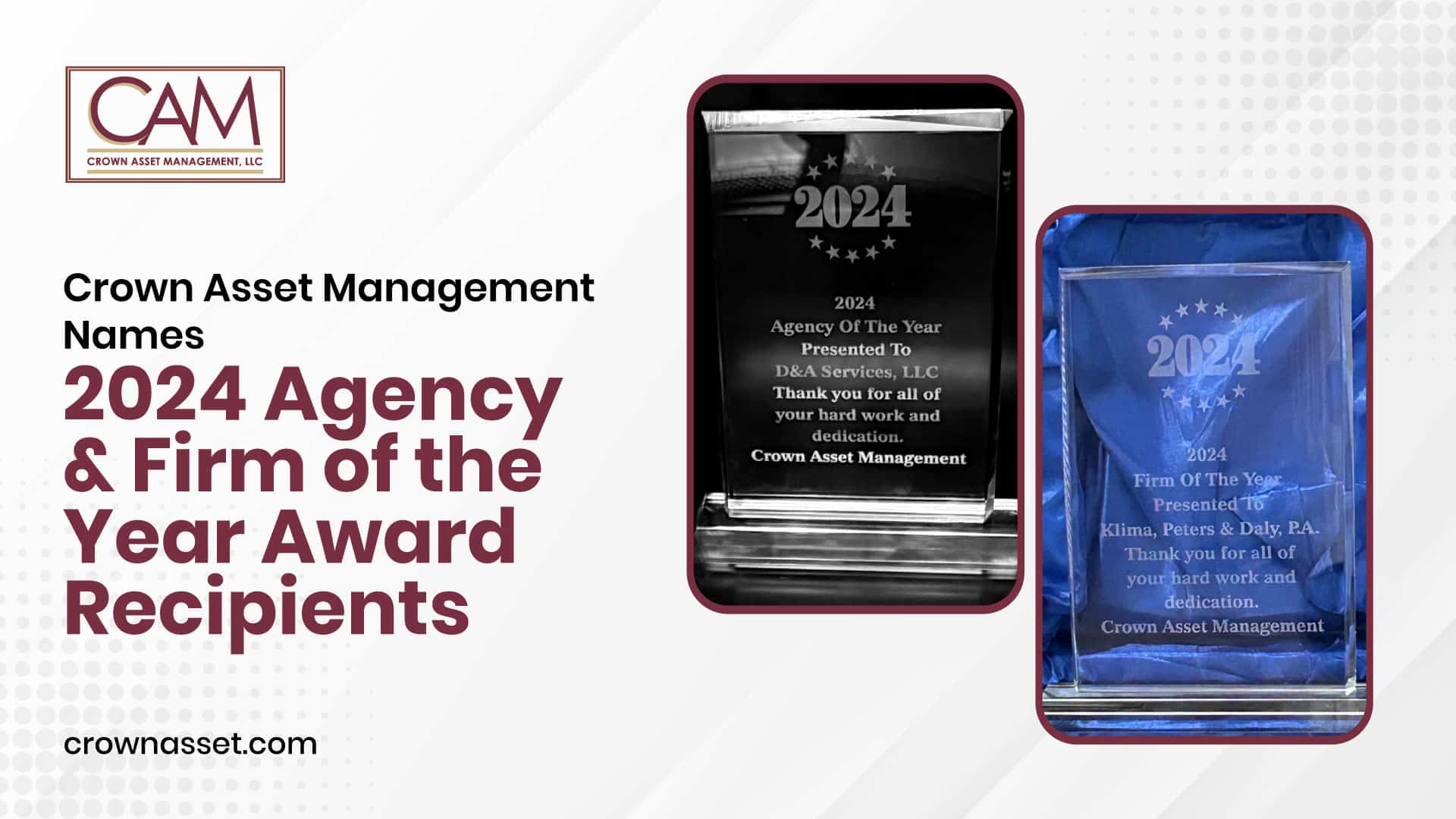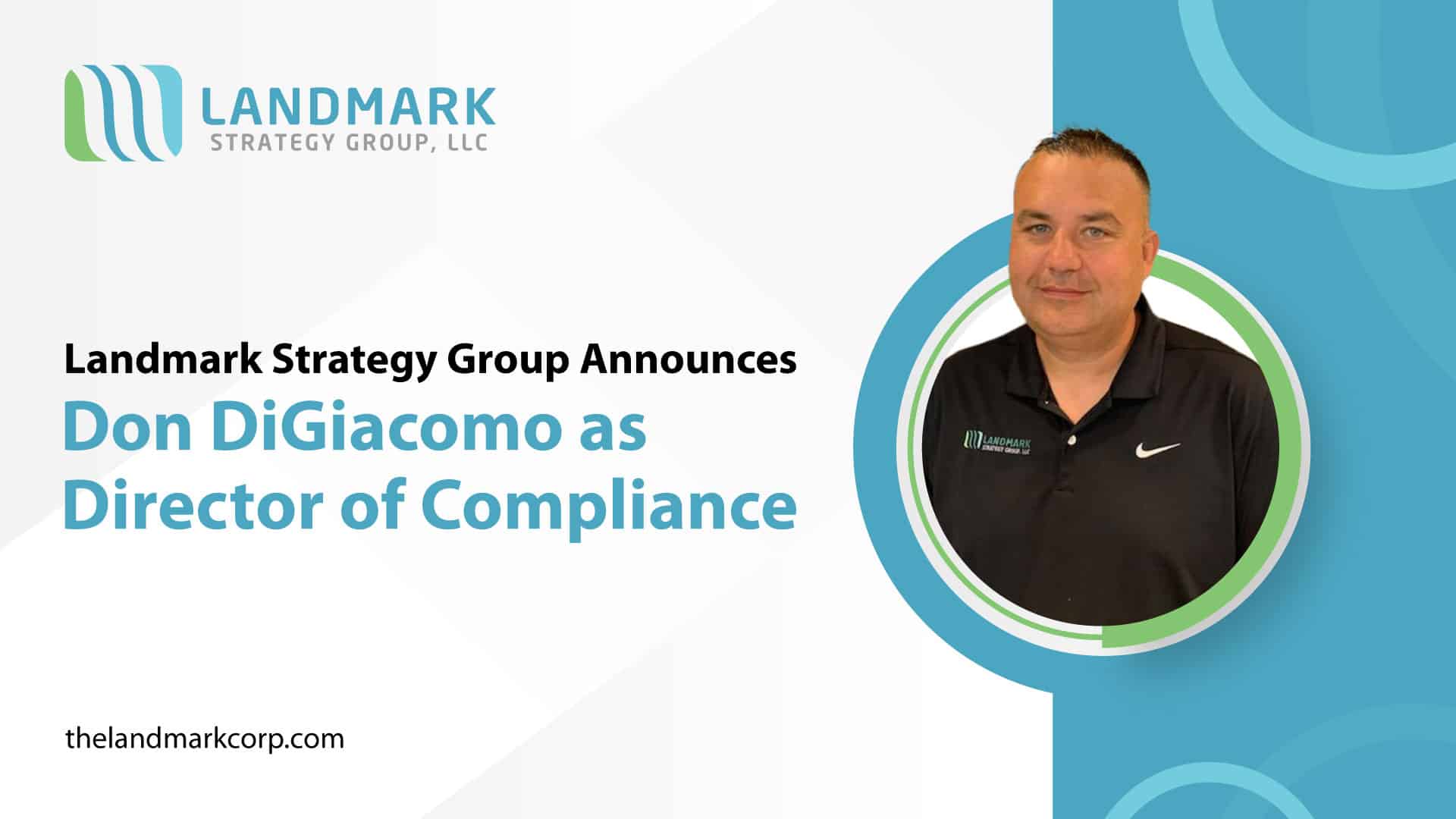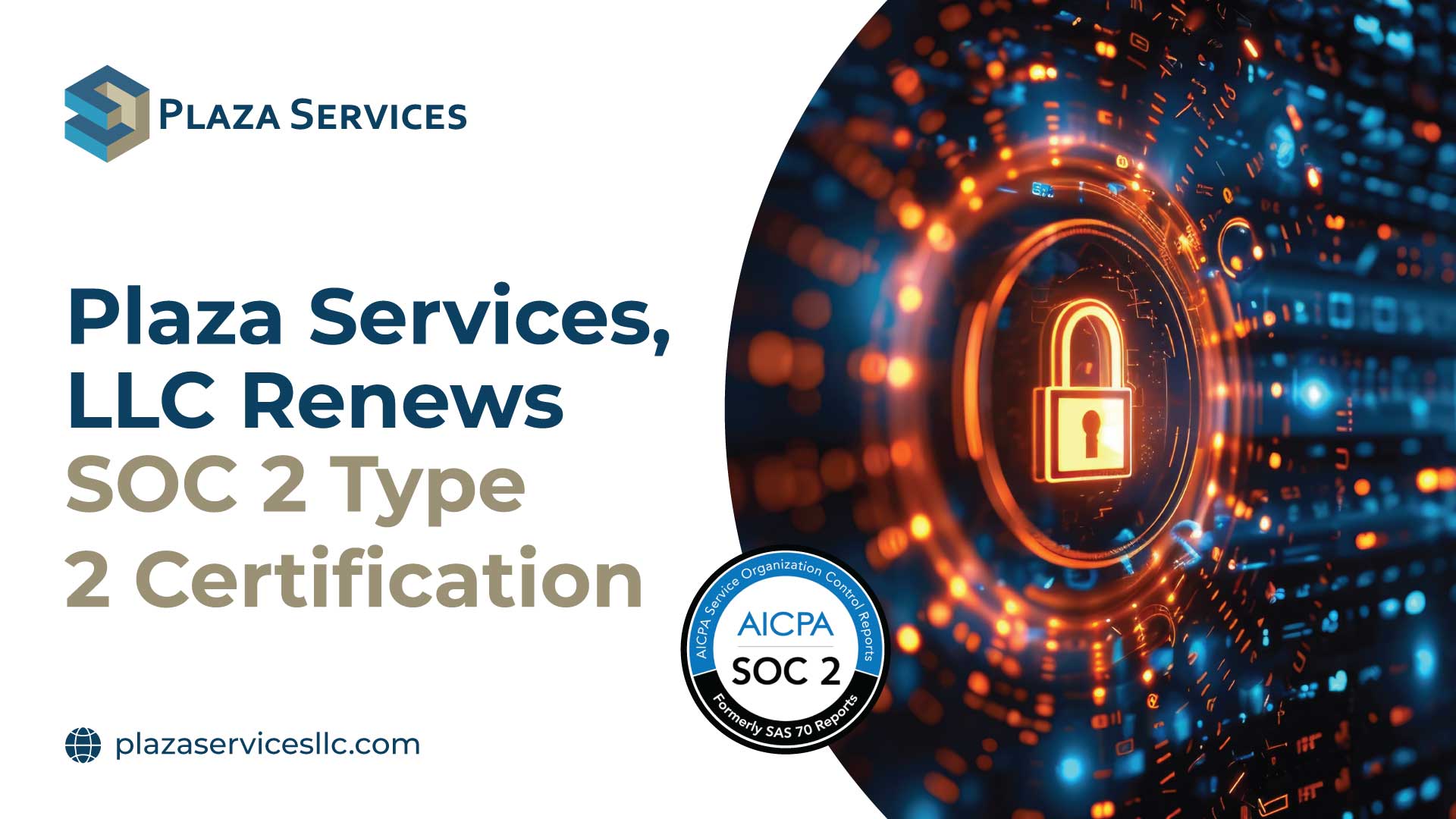
Saving Versus Investing
By understanding the tradeoff between saving and investing, you can make a financial plan that works for you now and later.
Generally, people use savings for building an emergency fund or a short-term financial goal like a vacation or down payment on a car. Savings generate interest, although usually at a lower rate of return than investing, and the funds can be easily accessed. Savings accounts generally have minimal risk since funds are insured by the Federal Deposit Insurance Corporation (FDIC) up to $250,000.
If you don’t have an emergency fund, you may need to wait on investing until you’ve built your emergency fund and savings. If you have an emergency fund (and possibly other savings too), investing might be your next step.
Investing calls for a longer wait period, compared to a savings account, before accessing invested funds. Investing is typically used for a long-term goal, like planning for retirement or children’s education.
Investing may result in a larger financial return but could be riskier since investments aren’t insured. You could earn or lose money invested because of a market change.
When you withdraw funds from investments, you sell assets. Selling assets at the wrong time – when the price is lower than you paid – could result in a loss. Retirement investments have age requirements, and selling too soon could result in penalties.
The U.S. Securities and Exchange Commission has a Roadmap to Saving and Investing that lays out what to look at when making that financial decision.
- Define your goals. Form a financial plan on where you want to be. List most important goals first.
- Figure out your finances. Look at what you own (assets) versus what you owe (liabilities). Subtract the liabilities from the assets to see if you have a negative or positive net worth. Then keep track of income and expenses and adjust as you can.
- Pay off credit cards and high interest debt. Pay as much as you can towards the high interest cards before making the decision to invest.
When making the decision to invest, the FDIC recommends diversifying your investments so you have less of a chance to lose money if the market drops.
Looking at when you would need the money, such as five years versus 35 years can help gauge your risk tolerance and make choosing how to save and invest easier.
Stocks, mutual funds, corporate and municipal bonds, annuities, exchange-traded funds (ETF), money market funds and U.S. Treasury Securities are investment products to look at when seeing which option is right for you.
Real estate, precious metals, and other commodities can also be beneficial when looking at investing.
You can also find other resources about saving and investing at RMAI’s consumer financial website FinancialLiteracy.Rocks.
With a little education and research, planning for your financial future can be easier than you may have imagined.
###
About RMAI
Receivables Management Association International (RMAI) is a nonprofit trade association representing more than 600 companies that purchase or support the purchase of performing and nonperforming receivables on the secondary market. The RMAI Receivables Management Certification Program is celebrating its 10th anniversary in 2023. Together with RMAI’s Code of Ethics, the Certification Program sets the global standard within the receivables industry due to the rigorous uniform standards of best practice which focus on protecting consumers. More information about RMAI is available at www.rmaintl.org.






